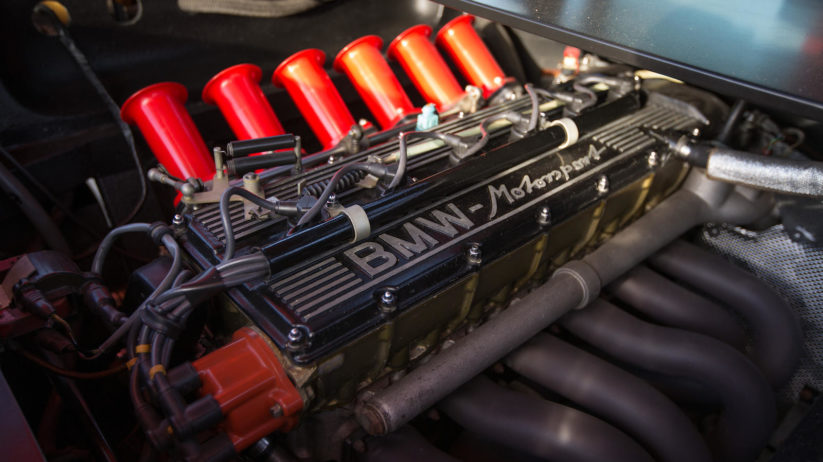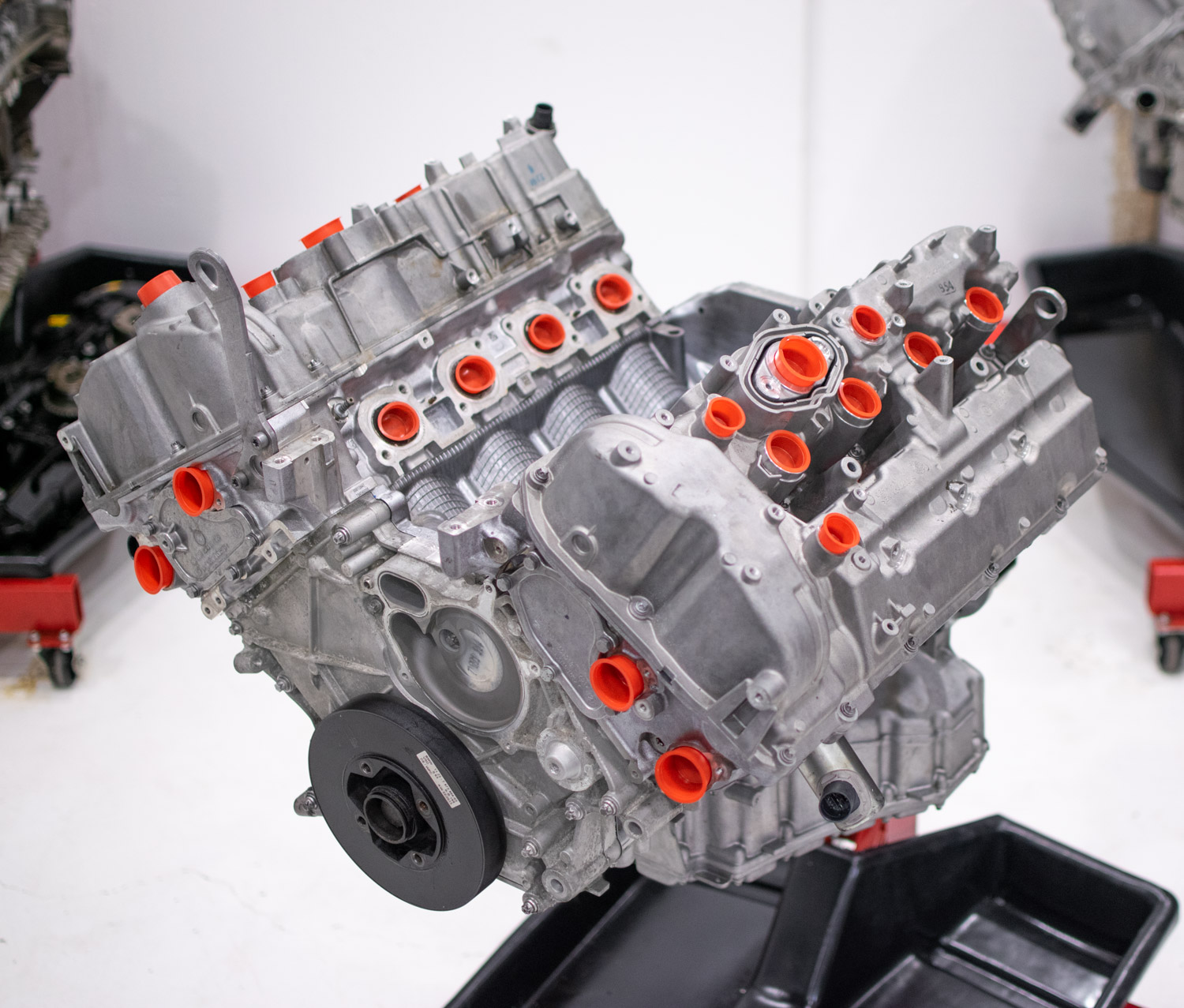The Function of BMW Engine Style in Achieving Exceptional Fuel Effectiveness
Discovering the Advancement of Burning Engines in Modern Transport Equipments
As we browse the landscape of contemporary transport, the development of burning engines stands as a testament to human ingenuity and engineering prowess. From their humble starts to the innovative giants moving vehicles today, burning engines have actually undertaken an impressive trip of innovation and adjustment. Recognizing the ins and outs of this development not only sheds light on the past but additionally leads the way for imagining what lies in advance in the realm of transportation modern technology. The interplay of background, innovation, and ecological issues fit the trajectory of burning engines develops a story that is both informative and compelling.
Very Early Beginnings of Combustion Engines
Exactly how did the principle of combustion engines very first arise in the very early stages of transport growth? The roots of combustion engines can be mapped back to the 17th century when the concepts of internal burning were first checked out.
The development moment included the invention of the very first effective gasoline-powered engine by Karl Benz in 1885 - bmw engine. This engine led the way for the advancement of the contemporary automobile, changing transportation systems worldwide. Succeeding developments by Nikolaus Otto and Gottlieb Daimler additionally improved combustion engine technology, causing the automation of automobiles and the quick expansion of the transportation market
These early combustion engines were characterized by their simpleness and performance, laying the structure for the complex and effective engines utilized in contemporary transportation systems. The evolution of combustion engines has contributed fit the means we take a trip and transport items, noting a substantial turning point in the background of transportation development.
Transition to Internal Burning Technology
The shift to inner combustion technology noted a crucial change in the evolution of transportation systems. This change began in the late 19th century, with inventors like Nikolaus Otto and Gottlieb Daimler creating the very first effective interior combustion engines. These engines changed transport by offering a much more effective and powerful choice to heavy steam engines and electric motors.
Among the essential advantages of interior combustion engines was their capacity to be scaled down to suit lorries, bring about the advancement of motorcycles and autos. This shift from cumbersome, stationary engines to portable, mobile ones paved the means for the modern transport systems we see today.
The shift to internal combustion technology likewise stimulated innovations in fuel modern technology, resulting in the growth of gasoline and diesel as primary gas resources for vehicles. This change not just made transportation a lot more available to the masses yet also laid the foundation for the oil and gas industry to come to be integral to worldwide economies.
Effect of Combustion Engines on Transport
The adoption of burning engines in transport systems catalyzed a profound change in the effectiveness and rate of global wheelchair. Burning engines revolutionized transportation by supplying a functional and dependable resource of power for various automobiles, consisting of cars, trucks, planes, and ships. This innovation considerably improved the capacity for products and individuals to move over fars away in shorter period, bring about increased connectivity between regions and nations.
Furthermore, the widespread use of combustion engines has actually had a considerable influence on financial growth. The capacity to carry products effectively has spurred profession and business, enabling services to broaden their markets and reach consumers worldwide. This has actually facilitated financial development and globalization, as items can now be carried faster and in larger amounts than ever go in the past.
Nevertheless, the environmental impact of burning engines can not be forgotten. The burning of nonrenewable fuel sources has led to air contamination and greenhouse gas discharges, adding to climate adjustment and presenting health and wellness risks to populaces. bmw engine. Consequently, there is an expanding emphasis on creating alternate propulsion innovations to mitigate these adverse impacts and create an extra sustainable future for transportation
Innovations in Burning Engine Style
One significant technology is the growth of turbocharged engines, which make use of exhaust gases to drive a wind turbine that presses incoming air, permitting for even more gas to be burned, resulting in raised power result without a substantial boost in engine size. Variable valve timing systems have actually additionally changed engine style by enhancing air flow at different engine speeds, boosting both power and performance. These advancements collectively contribute to the continual enhancement of combustion engines in modern transport systems.
Future Patterns in Combustion Engine Growth
With modern technology developments driving continuous innovation, the future of burning engine advancement is poised to change transport systems worldwide. Among the crucial trends in burning engine advancement is the press towards greater performance and decreased exhausts. Makers are investing greatly in r & d to boost engine performance while fulfilling strict ecological policies. This consists of the combination of innovative fuel shot systems, improved turbocharging approaches, and using light-weight materials to maximize fuel usage and reduce carbon discharges.
An additional noticeable trend is the adoption of crossbreed modern technologies in combustion engines. Hybrid engines integrate typical combustion innovation with electrical power, supplying improved gas performance and check my site reduced emissions. As the automobile market changes in the direction of electrification, hybrid combustion engines are seen as a transitional option that links the void between conventional lorries and totally electrical ones.
In addition, the combination of clever technologies, such as synthetic intelligence and data analytics, is expected to play a considerable function in the future of burning engine growth. These modern technologies can optimize engine efficiency in real-time, leading to more efficient combustion procedures and boosted total lorry efficiency. Welcoming these future fads will certainly not just drive advancement in burning engine advancement however likewise contribute to a more ecologically friendly and lasting transportation ecological community.

Verdict
In verdict, the evolution of combustion engines in modern transport systems has been marked by considerable improvements in modern technology and layout. From the very early starts of combustion engines to the shift to interior combustion technology, these engines have had an extensive influence on transportation. Developments in combustion engine design remain to drive progression in this area, with future patterns concentrating on further improving performance and lowering exhausts. The future of burning engines in transportation looks appealing as research my site study and development initiatives proceed to push boundaries.
The origins of combustion engines can be mapped back to the 17th century when the concepts of internal combustion were initial explored. These engines changed transport by providing a more reliable and effective choice to heavy steam engines and electrical motors.
